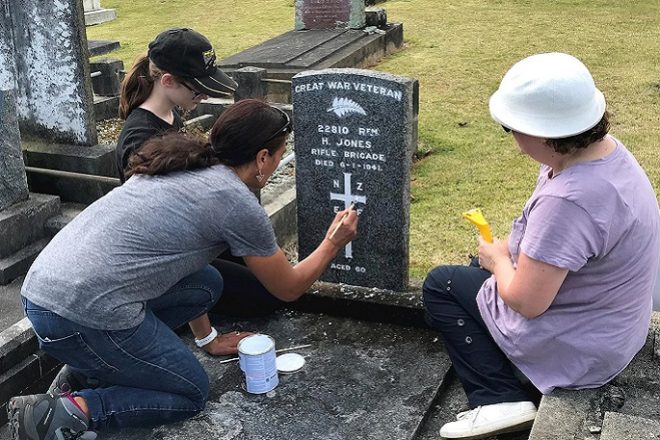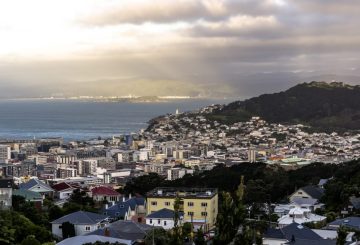Even during tough financial times, the New Zealand Remembrance Army (NZRA) volunteers continue to work in their communities. They often pay out of their own pockets to restore the graves of people who served in the military.
The NZRA has been active since 2018. They restore graves and share the stories of New Zealand’s military history. The group’s managing director, Simon Strombom, says they have restored over 180,000 graves in 250 cemeteries. They also support grave restoration in the Cook Islands and Australia.
However, this work is not free. Like many charities, the NZRA has had to cut back on some of its projects due to financial constraints. One of these projects is finding and placing headstones on the unmarked graves of soldiers across New Zealand.
So far, the NZRA has placed more than 90 headstones on unmarked graves. Each headstone costs about $1500. The most recent headstone was for Sergeant Major John Marwick, a veteran of the Gallipoli campaign.
The NZRA receives support from Veterans Affairs New Zealand, but this support is limited due to financial constraints. As a result, the NZRA has to cover the full cost of replacing headstones. Despite receiving public donations, the charity has seen a 50% reduction in funds this year.
Because of this, the NZRA has decided to temporarily stop replacing headstones. Instead, they will focus on restoring entire cemeteries, which can be done for the cost of one or two headstones.
Despite these challenges, the NZRA will continue to restore graves. In the lead up to ANZAC day, they are organizing work events across the country. These events involve school children, families, NZDF Cadet Forces, and volunteers who help maintain thousands of graves.
The NZRA believes it’s important to share the stories of the people who shaped their communities and country with the younger generation. They also have strong support from younger veterans and their families.
New Zealand has a rich history of veterans who participated in major world events. Many of these stories are unknown to the public, and the NZRA aims to preserve them.
There are an estimated 350,000 service graves in New Zealand, many of which are uncared for. The NZRA believes that no one who served should have an unreadable grave in a poorly maintained cemetery.
To support the NZRA’s War Graves and Memorials Appeal, visit their website.






























































